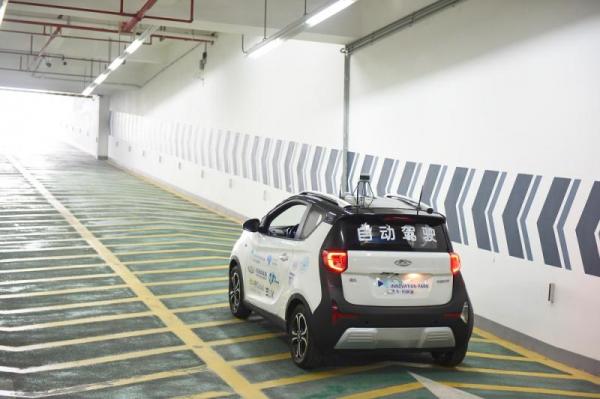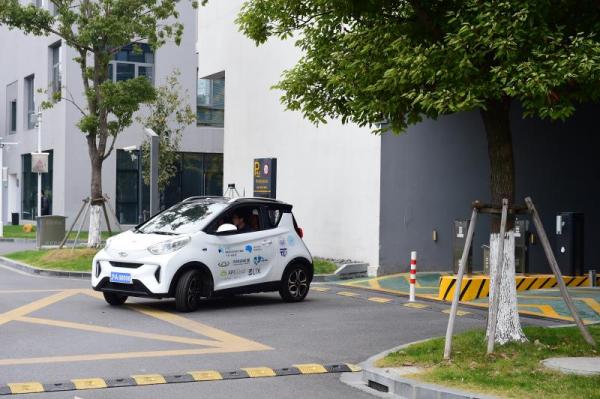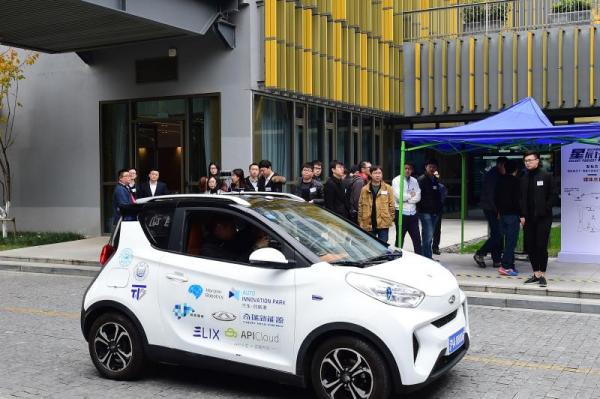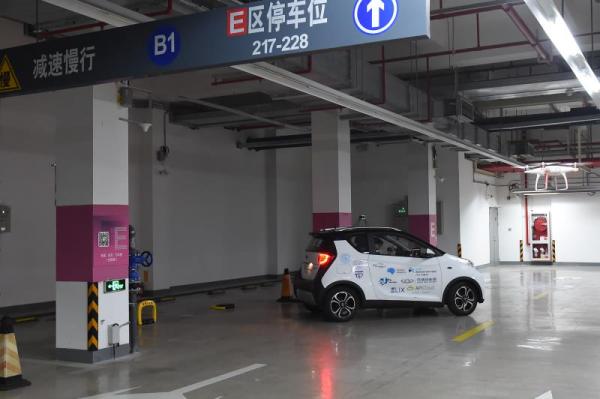On November 28th, 2017, Anting Shanghai International Automobile City, Automobile Innovation Port, Intelligent Networked Automobile Industry Technology Joint Innovation Center (UIC) and China Automobile Innovation Incubator Alliance (CMIA) jointly released the "Star Plan" to encourage innovation and entrepreneurship in the automobile field, aiming at supporting the demonstration and application of new technologies and models in the automobile field through the integration of resources such as policy subsidies, R&D space, test sites and commercial landing platforms. The conference was held in Shanghai Intelligent Networked Automobile Industry Demonstration Base-Automobile Innovation Port, and the first batch of candidate projects for the finalist plan were announced.

After more than ten years’ construction, Shanghai International Automobile City has built a whole automobile industry chain, including vehicle manufacturers, various parts manufacturers and scientific research forces represented by Tongji University. Under the general trend that the automobile industry is upgrading towards electrification, intelligence, internet and sharing, the development direction of the new stage of automobile city is transforming from traditional automobile research and development, manufacturing and trade to new energy and intelligent networked vehicles, and vigorously supporting the formation of innovative and entrepreneurial clusters;

In terms of new energy, since 2011, Shanghai International Automobile City has become an international demonstration city for electric vehicles. After six years of exploration, it has achieved commercial achievements such as product demonstration, data center and shared time-sharing lease of new energy vehicles.

In terms of intelligent network connection, since the Ministry of Industry and Information Technology awarded China the first pilot demonstration area of intelligent network connection vehicles in June 2015, Shanghai International Automobile City has built a closed test area, an automatic driving scene library and the first V2X test intelligent road, and established the executive body of the demonstration area-the intelligent network connection automobile industry technology joint innovation center.
In the next five years, Shanghai International Automobile City will start the fund to build the city and promote the city, integrate social capital, and invest 200 million yuan to set up special funds for the demonstration and application of new technologies and new models, and grant subsidies to 100 projects successfully selected for the "Star Plan". Projects with new technologies and new models that belong to the field of "new four modernizations" of automobiles and are in the demonstration application stage can be approved after declaration and examination, and can receive financial subsidies worth 30% of the total project investment.
In addition, the plan will also rely on the ecological environment of Shanghai International Automobile City’s global intelligent networked automobile industry highland, integrate superior resources such as office space, test sites, technical talents, and upstream and downstream cooperation platforms in the industrial chain, fully support these outstanding innovation forces and industries, and accelerate the whole process from joint research and development to commercial demonstration and promotion.
The first test of "Smart parking service" in China-it is very important to find the right scene for the commercialization of smart driving.
After the press conference, the first joint R&D achievement-China’s first "Smart parking service" project, which was jointly completed by several short-listed enterprises, was publicly displayed in Auto Innovation Port, and the on-site road test and detailed technical interpretation were carried out. The project was initiated by Auto Innovation Port and is responsible for overall coordination, bringing together leading domestic technical forces such as automobile manufacturers, technology startups and universities to complete it, which has attracted the expectation and attention of the whole industry.

"Smart parking service", simply put, is to press the parking instruction on the mobile App, and the vehicle can automatically enter the underground parking lot from the alighting area through the ground road, and find its own free parking space to park; When the owner needs to pick up the car, he will issue an instruction from the App again and pay the parking fee, and the vehicle will automatically return to the boarding area. There is no one involved in the whole process, which is a typical low-speed unmanned application scenario within a limited range. Since last year, Auto Innovation Port has been planning a one-click parking project, and has conducted joint research and development and demonstration operation of intelligent parking service with six teams from Chery New Energy, Horizon, Tongji University, Jilin University, Shanghai Yiqu and Yilian Technology, expecting to find the first commercial application scenario of intelligent driving. The first road test of the project on November 28th officially demonstrated the research and development achievements of the first phase of the Smart parking service project.
Dr. Jian Xu, Executive General Manager of Shanghai International Automobile City Development Co., Ltd. said that the Smart parking service Project has firmly grasped the pain points of users in the last mile of urban traffic, and it is a promising smart driving scene in the industry at present, because it not only solves the problem of parking difficulties for car users, saves them time, but also greatly improves the efficiency of parking lots and urban management and increases the utilization rate of parking spaces, which can be described as killing two birds with one stone. However, how to move from technology research and development to commercialization requires more participation. At present, Auto Innovation Port has been planning the second phase of the Smart parking service project. The first goal is to expand the number of participating models and vehicles by adding more cooperation with more OEMs, and propose a more general vehicle-end solution; The second is to add more field application scenarios, solidify the environmental transformation technology, and form a parking lot standard suitable for driverless parking; The third is to optimize vehicle scheduling control, improve operational efficiency through cloud platforms and big data decisions, help customers better solve parking pain points, and provide smart city solutions for cities and communities.